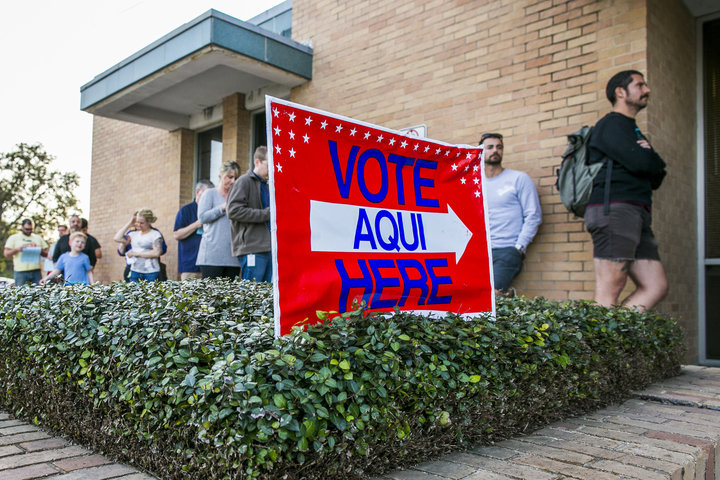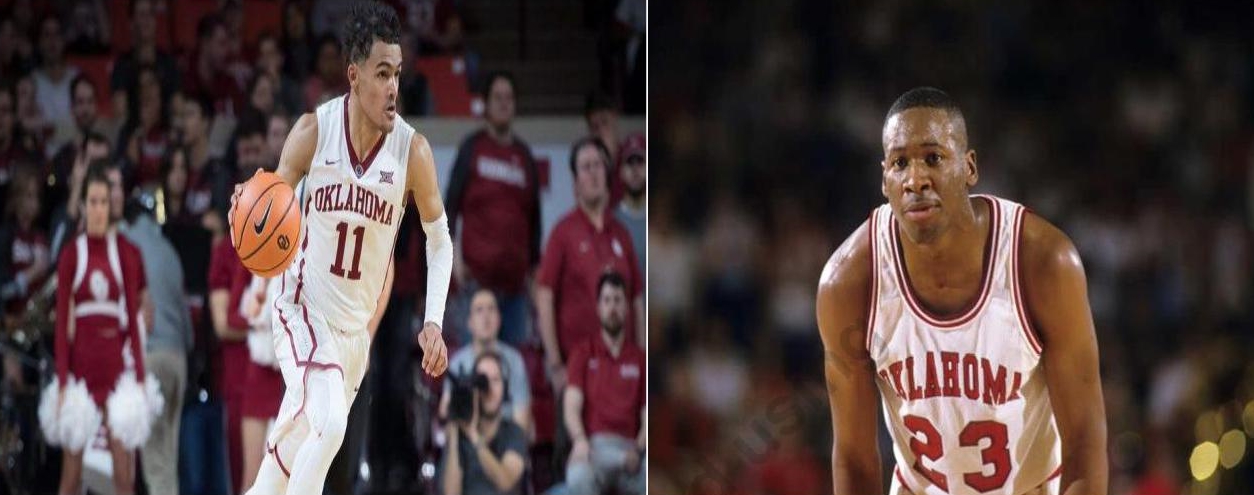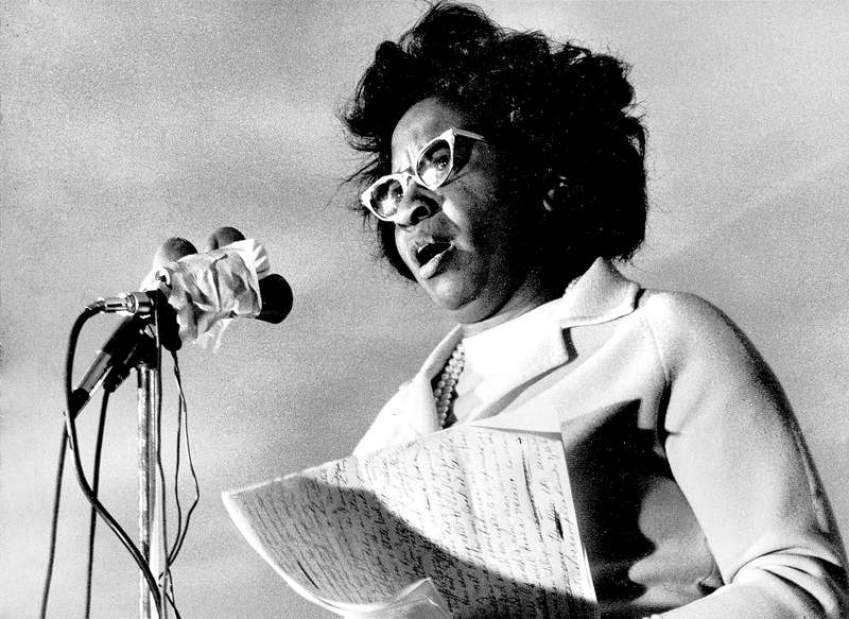
By Ariel Edwards-Levy and Amanda Terkel
More than 1 million Democrats in Texas turned out to vote Tuesday, the strongest turnout for the state party in a midterm primary since 2002.
Turnout rose from the 2014 midterms in both parties ― Republicans, who still dominate in the state, saw a record 1.5 million primary voters. But it soared among Democrats, especially in a few key districts that the party hopes to gain in November. Republican turnout was up 15 percent statewide from 2014, while Democratic turnout more than doubled, according to NBC News.
Since President Donald Trump’s inauguration, Democrats have performed better than expected in many special elections, turning out voters who didn’t show up in past years and giving many in the party high hopes for this year’s midterms. Recent polls give Democrats a generic ballot edge and the early advantage on voter enthusiasm.
The results of this year’s first primaries, while falling short of the blue tsunami some in the party had anticipated, track that pattern, reflecting a Democratic base galvanized into above-average turnout by their discontent with the Trump administration.
Democrats “are mobilizing in a powerful way,” Sen. Ted Cruz (R-Texas) warned in a television interview after the polls in his state closed Tuesday. “At the end of the day, the good news is that there are a lot more conservatives in Texas than there are liberals.”
There’s reason to pay some attention to turnout trends as the midterm season continues. ”[P]rimary performance can be cautiously interpreted as a harbinger of the general election,” The New York Times’ Nate Cohn wrote Tuesday, after reviewing national vote history data since 2004.
Primaries, along with special elections, offer the first tangible outcomes of the election cycle. But the results are an imperfect lens through which to view the parties’ general election prospects. Turnout in primary elections may reflect enthusiasm, but it also hinges on external factors like the competitiveness of the races in each party. Other gauges, such as polls testing voters’ congressional preferences, hold more well-tested predictive power.
And, of course, there’s still plenty of time for things to shift between now and November.
“Every two years the Democrats find some sort of factoid to fixate on and convince themselves that this is the year where they make Texas competitive ― and every two years it falls flat,” Chris Wilson, a Republican pollster whose clients have included Cruz, told Reuters prior to the election, dismissing Democrats’ enthusiasm about their early voting numbers.
In Texas, the increased turnout among Democrats comes from “a pretty bare bones baseline,” said Jim Henson, the director of the Texas Politics Project at the University of Texas and co-director of the University of Texas/Texas Tribune Poll.
“I don’t know that that has so much to do with Texas being the leading edge of a national surge as it does with conditions being such that the Democrats are getting up off the mat a little bit,” Henson said. “I think what we’re looking at is a necessary but not sufficient condition for a Democratic revival in Texas.”
Beyond Texas, rising turnout is likely to encourage Democrats in other states, where more special elections and primaries are coming up.
Democrats nationwide have said they think their party took 2016 for granted ― resulting in big losses for their party ― and they don’t want to make the same mistake this year. Already, Democrats have turned 39 state legislative seats from red to blue during Trump’s presidency ― compared with four that Republicans have flipped from blue to red.











